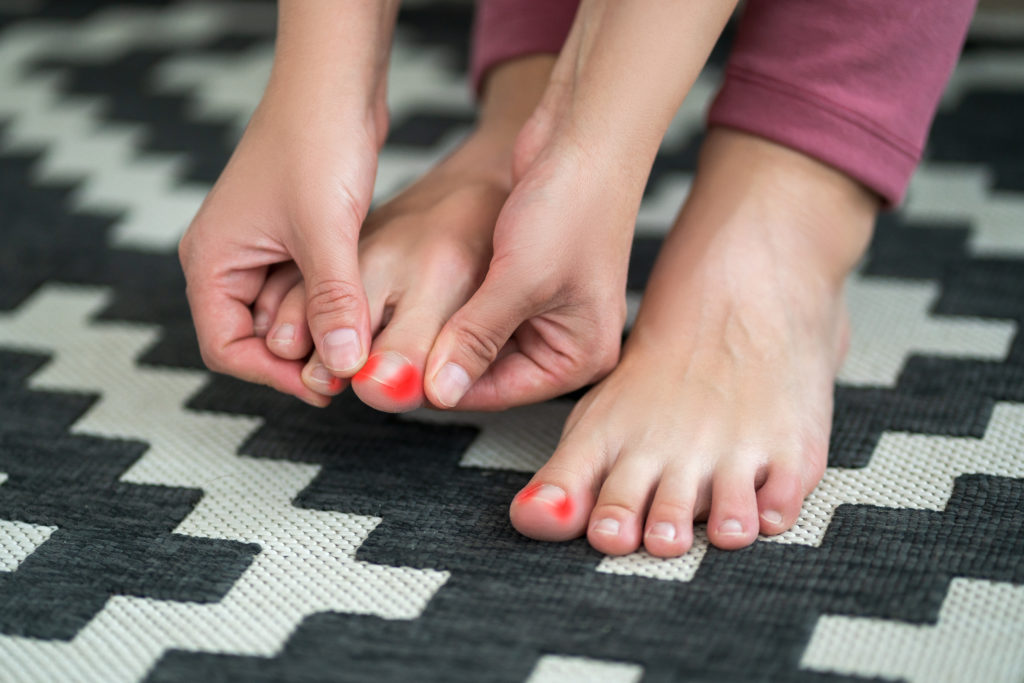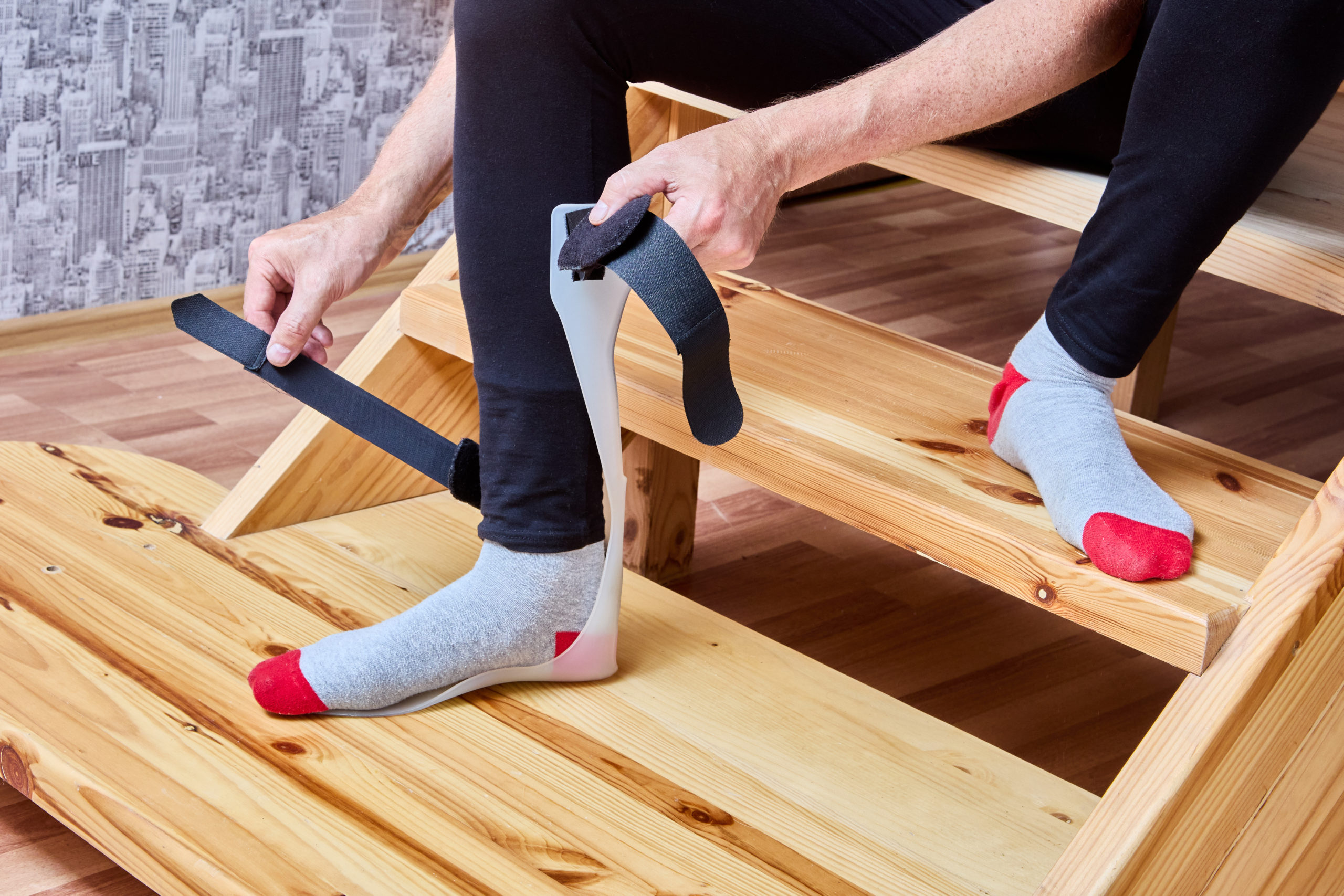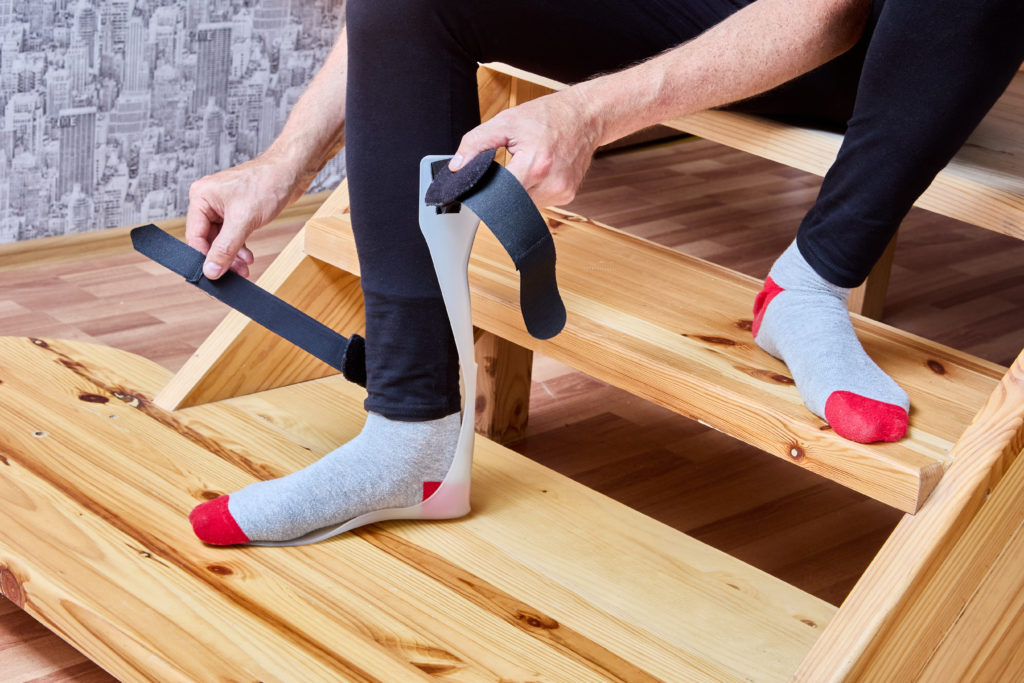Welcome, dear readers, to another exciting edition of our podiatry blog. Today, we’re going to dive into a common foot ailment that many individuals face at some point in their lives: athlete’s foot. At times athlete’s foot can remain chronic and persistent, but fear not! With proper knowledge, we can easily prevent and treat this pesky condition.
What causes athlete’s foot?
Athlete’s foot, medically known as tinea pedis, is a fungal infection that primarily affects the skin between the toes. It is the proliferation of dermatophyte fungi Trichophyton Rubrum, Trichophyton Interdigitale, or Epidermophyton Flocossum. Fungus thrives in warm, moist environments. Predisposing factors include occlusive footwear, hyperhidrosis (excessive sweating), difficulty drying feet and in between toes, and barefoot on communal surfaces. Read more



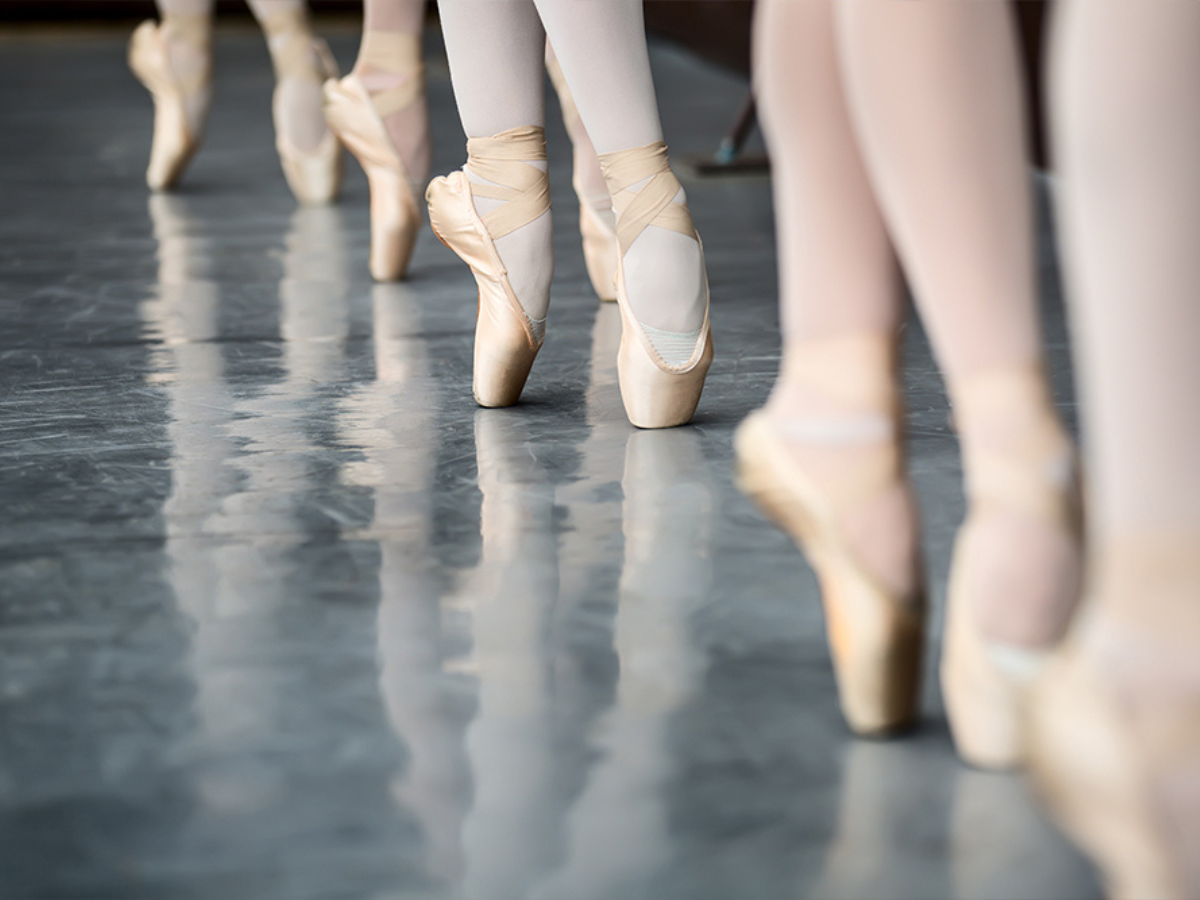

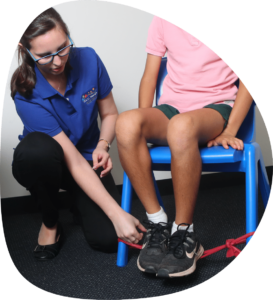 Occupational therapy plays a vital role in supporting the development and well-being of children with Autism Spectrum Disorder (ASD). By addressing sensory, motor, and cognitive challenges, occupational therapists empower autistic children to enhance their functional abilities and engage in their life whole heartedly. In this blog, we will explore the significant impact of occupational therapy on autistic children and how it promotes their independence and participation in daily activities.
Occupational therapy plays a vital role in supporting the development and well-being of children with Autism Spectrum Disorder (ASD). By addressing sensory, motor, and cognitive challenges, occupational therapists empower autistic children to enhance their functional abilities and engage in their life whole heartedly. In this blog, we will explore the significant impact of occupational therapy on autistic children and how it promotes their independence and participation in daily activities.
